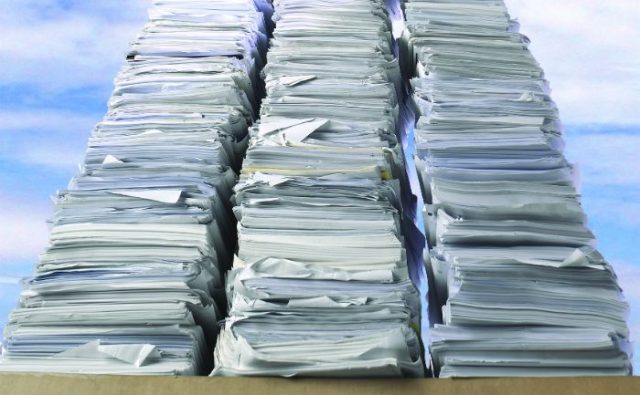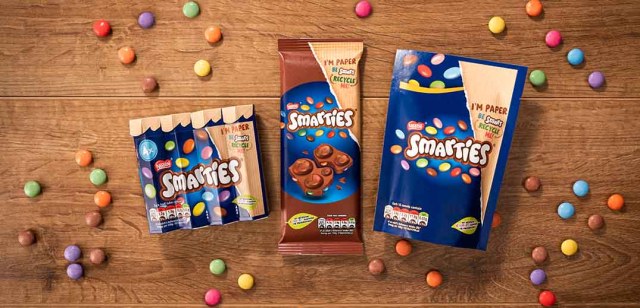
A recently published study into the environmental impacts of single-use and multi-use packaging has found that paper-based single-use products provide significant key environmental advantages when compared to reusable tableware for in-store dining in Quick Service Restaurants (QSR).
The Life Cycle Assessment (LCA) study, undertaken by Ramboll and commissioned by the European Paper Packaging Alliance (EPPA), has identified the merits of paper-based single-use products as governments and private industry continue to look into alternatives to single-use plastics and minimise carbon emissions.
The study found that significant advantages in paper-based single-use products were primarily driven by the carbon emissions related to the amount of energy required to wash the tableware as well as the amount of freshwater used in the washing process in a multi-use system.
The full environmental impact was scientifically measured for both applications across multiple criteria and scenarios. The results showed that:
- For climate change, the single-use system shows very significant benefits: In the baseline scenario, the report found that the polypropylene-based multi-use system was responsible for generating 2.7 times more CO2-e emissions than the paper-based single-use system. The single main contributor to climate change impact in the multi-use baseline scenario is the electricity demand of the washing process. Overall, the use phase accounts for 83 per cent of the total aggregated impact.
- For freshwater consumption, there is also a very significant environmental benefit to the single-use system: The multi-use system used 3.6 times the amount of freshwater in the baseline scenario.
Charles Héaulmé, president and CEO of Huhtamaki, a global provider of sustainable packaging solutions, said the environmental impact of energy and water required for washing in a multi-use system demonstrates that reusable packaging is not the solution for the foodservice industry.
“Particularly from a climate change perspective paper-based single-use packaging results in a lower environmental impact. Ramboll’s LCA provides scientific evidence which policymakers must welcome as they aim to develop regulation that is good for the planet and has no unintended consequences,” he said.
“We recognise that there are still gaps in the recyclability of packaging that need to be addressed. At Huhtamaki, we continue to work pro-actively on developing sustainable packaging solutions in line with our 2030 strategy.
“We believe that investments in waste management infrastructure are needed to further increase the recycling rates of paper-based packaging, which will further reduce their climate impact. We must also find ways to address anti-social littering, potentially via incentivisation mechanisms, to support positive consumer behaviour.”
Huhtamaki executive vice-president of sustainability and communications Thomasine Kamerling said climate impact and freshwater consumption are considered the two most critical environmental impact categories today.
“Due to the urgency of mitigating climate change we believe there is a need to have a fact-based understanding on which activities contribute to climate impact and how they can be minimised effectively and immediately. Water stress is also an issue of growing global importance, with an increasing number of geographies facing freshwater supply issues today,” Kamerling said.
“Therefore, it is of the utmost importance that policy decisions adopted today take into account both carbon emissions and freshwater consumption, and that all industries and sectors review how they can mitigate their impact.
“For example, at Huhtamaki we are actively working to minimise our carbon footprint, setting a Science Based Target, and we are currently assessing water management plans across all our operations.”


